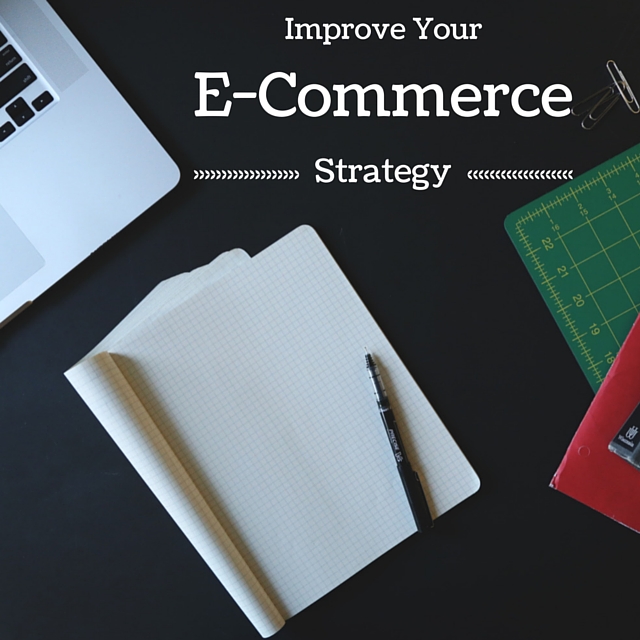Let’s Talk.
Start with a conversation. From there, we can build a plan.

Technology has enabled general consumers to shop for almost anything online. You can purchase fresh fruit online from the local farmers’ market and have it delivered to your door. It makes sense then that hundreds of new e-commerce sites are popping up on search engines every day. E-commerce sites are a natural offshoot of brick-and-mortar businesses. They let you reach customers around the world who wouldn’t otherwise know about your business. Thus, there’s a lot of competition.
E-commerce businesses always have to stay a step ahead of the competition if they want to make a reasonable profit. There are plenty of tools you can use to automate your back end and refine your storefront, but tools don’t mean much without a strategy. Build your e-commerce strategy, pair it with some of the most powerful e-commerce tools, and you’ll stand heads above the competition.
Make It About Your Customers
The one advantage a physical retail location has over your e-commerce site is just that: it’s physical. Shoppers can come in and see your products right in front of them. They can pick up and thoroughly examine an item before they purchase it. Your goal is to make your virtual products as tangible as possible.
Make sure your site is user friendly and easy to navigate. Use e-commerce platforms like Shopify to load the site with superior-quality product photos and descriptions. Tell shoppers everything you can about each product you offer. Finally, use built-in analytics software to get to know your customer. If you can create a strong customer profile, you’ll know exactly how to sell to them.
Use Social Media for All It’s Worth
E-commerce and social media go hand in hand. Consumers are using social media to find out about and research new brands all the time. In fact, 74 percent of shoppers use social media to read product reviews and get more information on brands they’ve just discovered. If you want to reach new consumers and build relationships with existing ones, strengthen your social media campaigns. Share product reviews on Facebook or Twitter, or publish product photos to image-focused social media sites such as Instagram.
Go Mobile
You’re doing yourself a disservice if you don’t optimize your e-commerce site for mobile. Four out of five smartphone owners use their phones for researching brands and ultimately purchasing from them. Mobile devices are quickly outnumbering every other means of shopping online. Luckily, most e-commerce sites offer mobile site conversion. Don’t be afraid to test the mobile site yourself. Make sure images and text scale correctly and buttons are easy to see and click.
Take Advantage of Platform Tools
E-commerce platforms like Shopify and Magento offer all-in-one solutions for running your business online. Using these platforms, you can design your site, sell your products, and manage behind-the-scenes operations from one place. They have built-in trend-tracking tools that measure sales trends, manage orders, and let you stay in contact with your customers. Use these tools to customize the content and deals you offer. Design your next ad campaign around what’s selling and what’s not. Then check your site traffic to see which channels are bringing in the most customers.
Want to learn more about the best e-commerce services for your business? Contact Forix today.
Start with a conversation. From there, we can build a plan.
